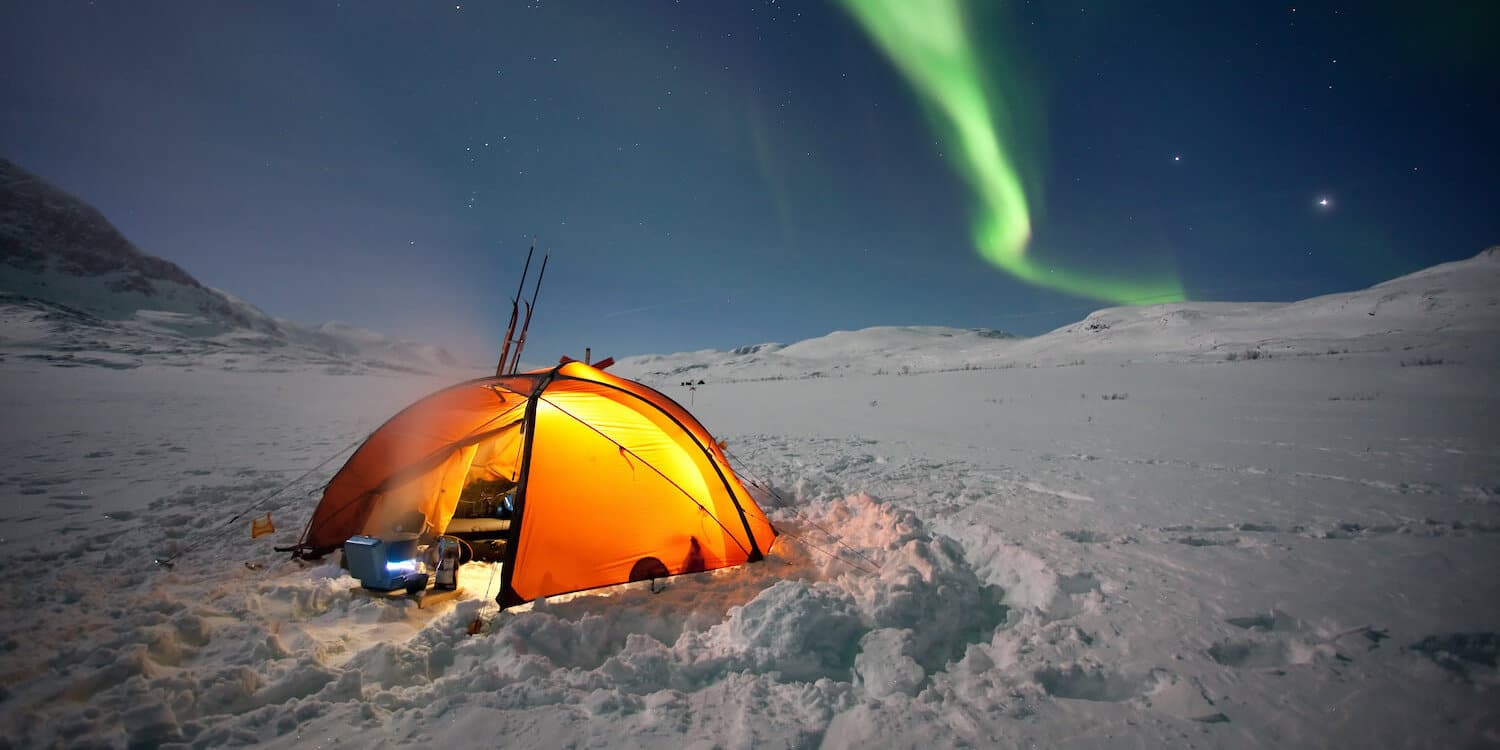I. Introduction

A. Importance of insulating a tent for cold weather camping
When camping in cold weather, proper insulation is essential to stay warm and comfortable throughout the night. Inadequate insulation can lead to heat loss and discomfort, jeopardizing the overall camping experience and potentially affecting health and safety.
B. Overview of the article’s content and the benefits of proper insulation
This article focuses on the importance of insulating a tent for cold weather camping. We will explore the principles of insulation, factors to consider for effective insulation, and various methods to insulate the tent body. By understanding these concepts and implementing proper insulation techniques, campers can enjoy a cozy and comfortable camping experience even in chilly temperatures.
II. Understanding the Principles of Insulation
A. How insulation works in a tent
Insulation works by trapping and retaining heat within the tent, preventing heat loss to the surroundings. It forms a barrier that reduces the transfer of heat between the interior and exterior of the tent, helping to maintain a warmer environment inside.
B. Factors to consider for effective insulation
- R-Value: Understanding the R-value of insulation materials to determine their thermal resistance and effectiveness in retaining heat.
- Moisture management: Managing moisture inside the tent to prevent condensation, which can reduce the effectiveness of insulation.
III. Insulating the Tent Body
A. Choosing the right tent for cold weather camping
- Tent materials and construction: Opting for tents with insulating properties, such as models with double-layered walls or fabrics designed for insulation.
- Double-wall vs. single-wall tents: Considering the benefits and drawbacks of each type in terms of insulation and condensation management.
B. Adding Insulation Layers
- Using a tent footprint or groundsheet: Placing a groundsheet or footprint beneath the tent helps insulate the floor, providing an additional layer of protection from the cold ground.
- Using insulating sleeping pads or air mattresses: Utilizing sleeping pads or air mattresses with insulating properties can create a barrier between the body and the cold ground, reducing heat loss.
C. Maximizing Heat Retention
- Utilizing thermal blankets or emergency blankets:
Layering thermal or emergency blankets over the sleeping bags or inside the tent can enhance heat retention by reflecting body heat back to the user. - Using heat-reflective tent liners:
Installing heat-reflective tent liners on the tent’s interior walls helps retain warmth within the tent by reflecting heat back into the space.
IV. Insulating the Tent Entrance
A. Using a Windbreak or Vestibule
- Setting up a windbreak to minimize cold drafts: Placing a barrier, such as a tarp or windbreak fence, around the tent entrance to block cold winds and reduce drafts inside the tent.
- Utilizing a vestibule for added cold air protection: Vestibules are extended awnings or small shelters attached to the entrance of the tent. They provide an additional layer of protection, creating a buffer zone between the outside cold air and the interior of the tent.
B. Creating a Double Door Entry
- Setting up a second layer of protection at the tent entrance:
Setting up an additional layer of tent fabric or attaching a tarp to create a double door entry helps trap warm air inside and prevent cold drafts from entering. - Using a tarp or additional tent fly:
Attaching a tarp or extra tent fly to the outside of the tent entrance provides an extra layer of insulation and protection against cold winds.
V. Insulating the Tent with Warmth Sources
A. Using Heaters or Heat Packs
- Safe options for heating the tent:
Exploring safe heating options for tent camping, such as catalytic heaters or electric heaters designed for outdoor use, and following safety guidelines to prevent accidents and carbon monoxide poisoning. - Utilizing hand warmers or heat packs for localized warmth:
Placing hand warmers or heat packs inside sleeping bags, pockets, or near the body for localized warmth during cold nights.
B. Building a Heat Trap
- Creating a heat trap using rocks or other heat-absorbing materials:
Placing rocks or heat-absorbing materials near the tent entrance or inside the tent to absorb and radiate heat, keeping the interior warmer for longer periods. - Positioning the tent to maximize exposure to sunlight:
Orienting the tent in a way that maximizes exposure to sunlight during the day, allowing the tent to naturally warm up and retain heat throughout the night.
